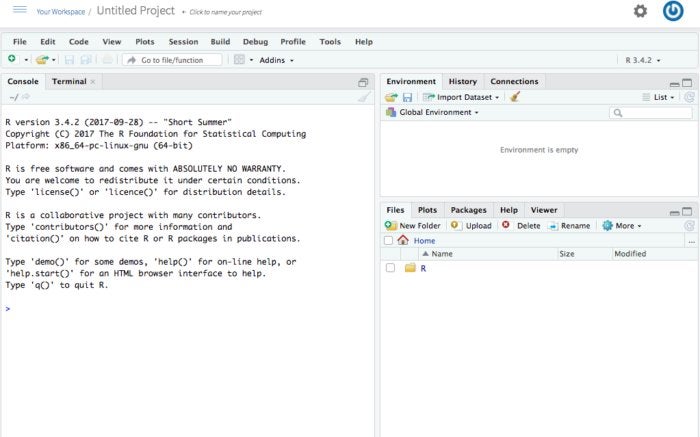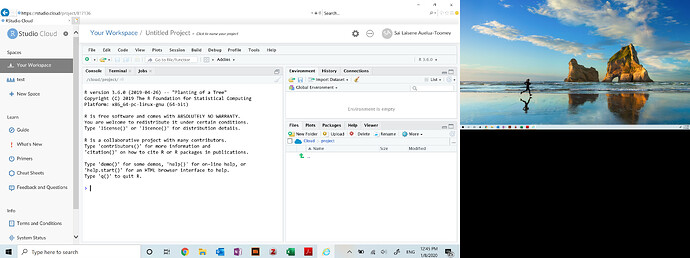

We can get more details about the bucket with gcs_get_bucket() gcs_get_bucket() It saves you from adding the bucket id to every subsequent call. Now we can see the bucket listed: gcs_list_buckets(my_project_id)Īt this point you may want to tell R that this is your default bucket. gcs_create_bucket("superbucket_2021", my_project_id, location = "EU") For this example, let’s call it “superbucket_2021”. Note that it has to be globally unique (“my_bucket” won’t work because someone’s already taken it). Now let’s see how many buckets we have: gcs_list_buckets(my_project_id)Īnswer: zero, because we haven’t created one yet. If you did not store it in step 3 above, you can get it from the Google Cloud Console or from the json file with your service account key. To inspect your Storage account, first bring out your project id. You need at least one bucket to store files. Google Storage is a file repository, and it keeps your files in so-called “buckets”. For DAI, you’re looking at around EUR 0.06 per processed page, though at the current time of writing, you get 300$ worth of free credits. Both Google Storage and DAI are paid services, although for Google Storage the cost is negligible unless you plan to keep very large amounts of data there for a long time. Click “link a billing account” and set the billing account to “My billing account”.Īll this is necessary for you to be able to access Google Storage and other Google tools programmatically. You’ll get to a screen saying “This project has no billing account”.

Toward the top you see an entry called “Billing”. Return to the Google Cloud Console and look at the left column. You’ll need this soon, so I recommend opening RStudio and storing it as a vector: my_project_id " Note that your project has an ID, usually consisting of an adjective, a noun, and a number. Click on “My first project” in the top blue bar, just to the right of “Google cloud services”. When you activate GCS, you are assigned a project named “My first project”.


You can think of it as your root folder, since you will most likely only ever need one unless you are a business or a developer (in principle, though, you can have as many projects as you like). The largest “unit” of your GCS activities is your project. Step 3: Link your project to your billing account


 0 kommentar(er)
0 kommentar(er)
